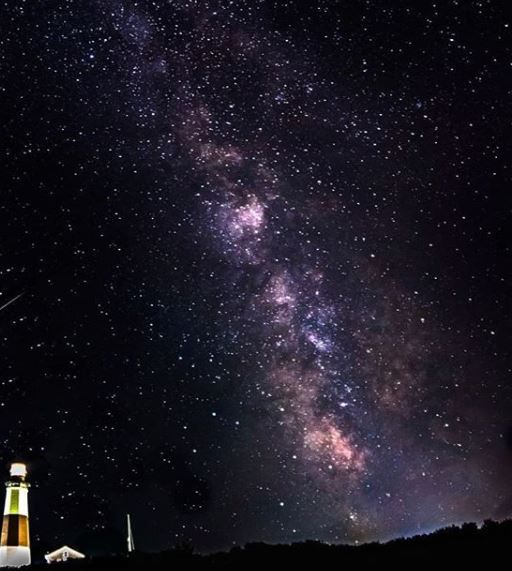5 Facts About Space & Aviation On Long Island
2024 Solar Eclipse Events on LI
From The Suffolk Times, here in New York, we can expect to see a partial solar eclipse with the moon covering roughly 90 percent of the sun. The peak of the eclipse is set for 3:15 p.m. This celestial event will not occur again in our area for another 20 years, in 2044.
You can see a full solar eclipse in New York if you head to the Finger Lakes or Adirondack areas.
Ongoing - Vanderbilt Planetarium - Eclipse! To prepare viewers for the Great North American Eclipse taking place on April 8th, 2024, audiences will observe a simulated partial solar eclipse as it will appear from Long Island. We will also take a virtual trip to a location experiencing totality and discuss ways to safely view the Sun.
4/1 - Hamptons Observatory - Hamptons Observatory presents a free, hybrid lecture about the April 8th solar eclipse. You can attend the lecture either virtually or in-person at the South Country Library in Bellport, NY (our co-host).
4/8 - Long Island Explorium - Solar Eclipse at the Long Island Explorium - limited availability
4/8 - Cradle of Aviation - Solar Eclipse Viewing Party & Activities
4/8 - Custer Institute & Observatory - Solar Eclipse Viewing Party with a view through the telescope
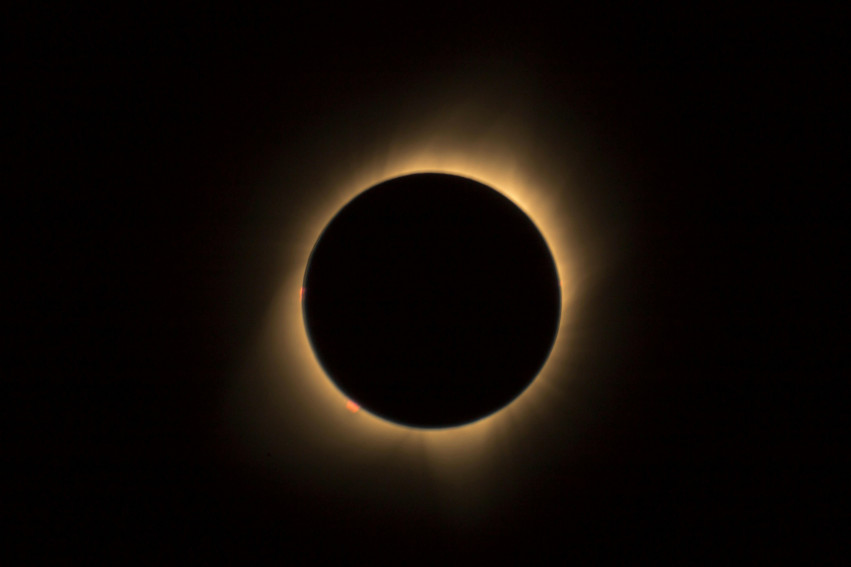
5 Stellar Facts About Long Island's Space & Aviation History
- Long Island was the starting point for the first transcontinental plane flight in 1911. You can visit this spot as today's Roosevelt Field mall.
- Grumman was a major employer on Long Island who set up manufacturing, research and testing facilities on a more than 600-acre plot in Bethpage. At Grumman's height in 1986, they employed over 23,000 people on Long Island.
- During WWII Grumman built and delivered more than 17,000 combat planes, all built on Long Island, including the Hellcat, Tigercat, Albatross and more. Grumman's F-14 Tomcat was used in the movie Top Gun.
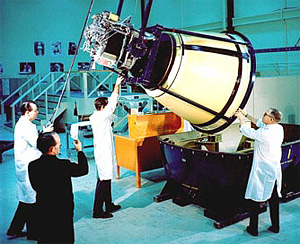 photo courtesy of Northrop Grumman archives
photo courtesy of Northrop Grumman archives - Grumman engineers and technicians in Bethpage built all of Nasa's Lunar modules from 1961-1972. The Apollo Lunar Module (LM) was a two-stage vehicle designed by Grumman to ferry two astronauts from lunar orbit to the lunar surface and back. The upper ascent stage consisted of a pressurized crew compartment, equipment areas, and an ascent rocket engine. The lower descent stage had the landing gear and contained the descent rocket engine and lunar surface experiments.
- Former buildings are now being used as Grumman Studios for film-making.
Places To Learn & Discover About Long Island's Space & Aviation History
Shoot for the stars and learn more about space, the stars in our hemisphere and Long Island's lunar and aviation history at these out-of-this-world venues and organizations!
Cradle of Aviation & Education Center
Explore over 150,000 square feet featuring 75 air and spacecraft from a hot air balloon to an actual Apollo Lunar Module and learn about Long Island's role and why we are called the Cradle of Aviation. Our eight exhibit galleries are in chronological order and throughout the museum our volunteer docents are there to share their aerospace experience. There are over 30 hands-on exhibits, a half dozen cockpits to climb into and many short films through-out the exhibits. Stop in the JetBlue Sky Theater Planetarium- immersive planetarium and full-dome theater is one of the largest and most powerful virtual reality experiences in the world!
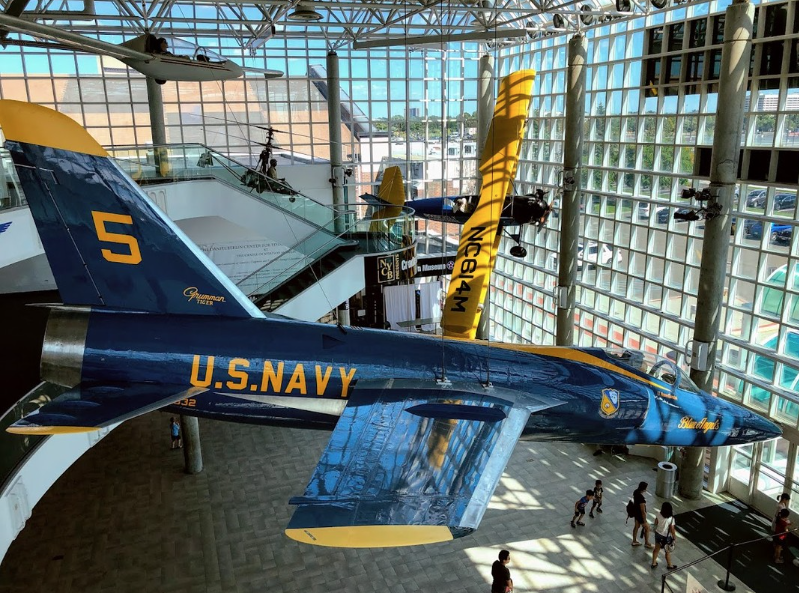
Custer Institute & Observatory
The Custer Institute and Observatory is Long Island's oldest public observatory (est.1927). Open to the public every Saturday evening from dusk until midnight, our staff of volunteers will give you a tour of the facilities and the night sky through our powerful telescopes. Custer has a library, museum, and gift shop. Frequent lectures, classes, concerts, art exhibits and other special events.
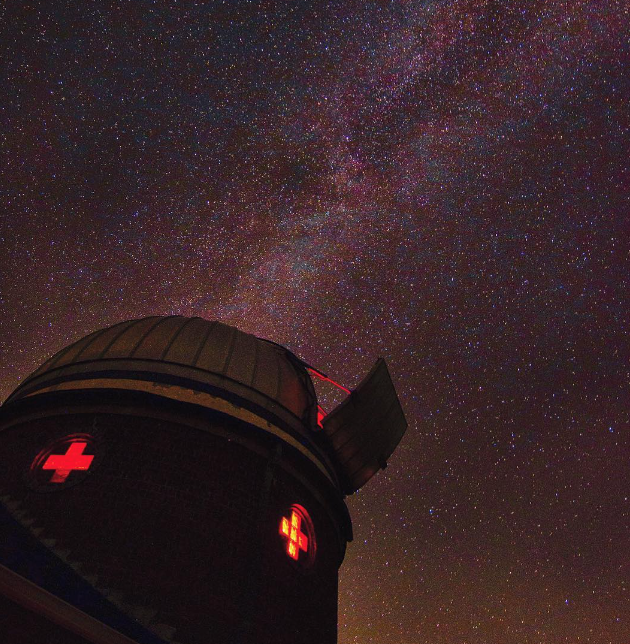
Vanderbilt Planetarium
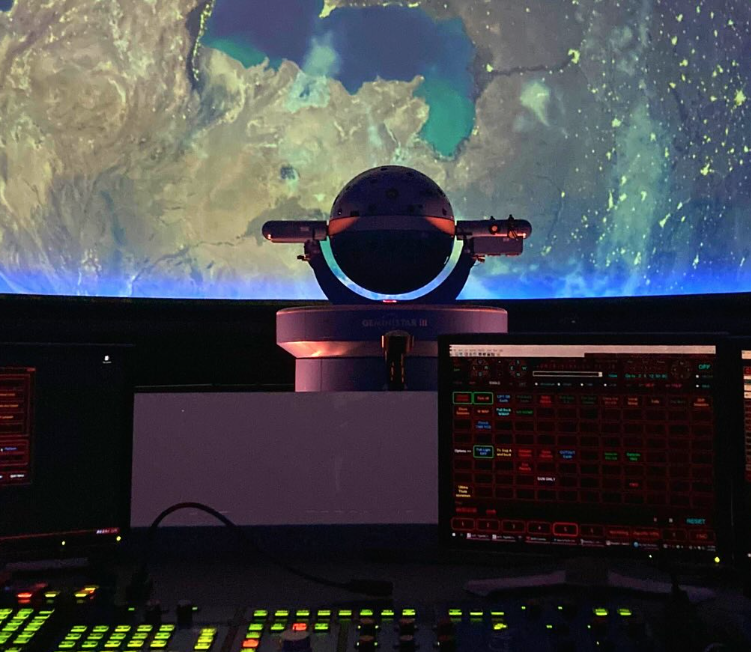
Hamptons Observatory
The Hamptons Observatory is a not-for-profit organization, designated as a 501(c)3, provides free, year-round, family-friendly educational programs that focus on science in general and astronomy in particular.
In-person and virtual lectures are presented by renown scientists, astronauts, authors and academicians. They also hold star parties, portable planetarium shows and other fun and instructional events.
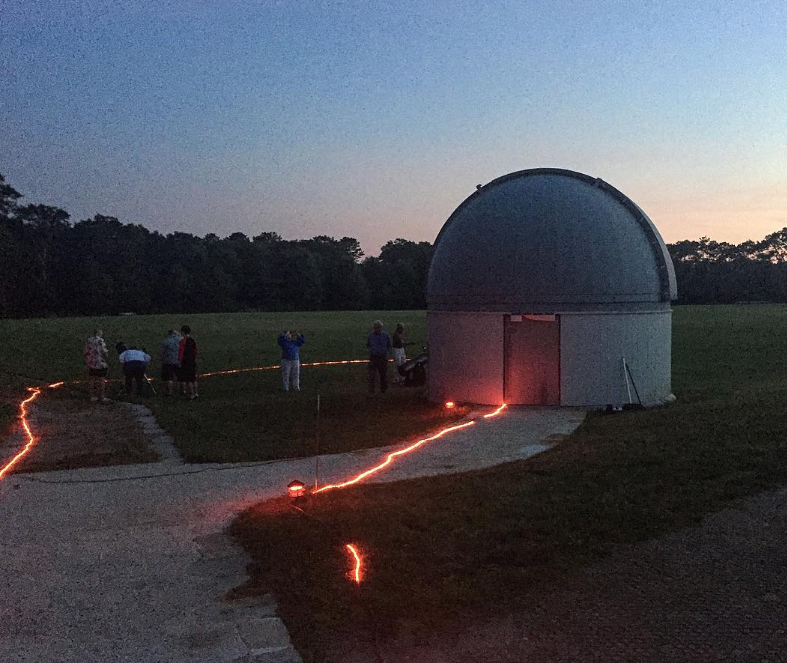
The American Airpower Museum at Republic Airport
Some sixty five years ago, the current home of the American Airpower Museum at Republic Airport was a crucial part of the “Arsenal of Democracy”. Home to Republic Aviation, the complex produced over 9,000 P-47 Thunderbolts in Farmingdale. Enjoy the hangar museum and up-close aircraft viewing. For the more adventurous, you can arrange for a flight experience in one of the vintage aircraft.
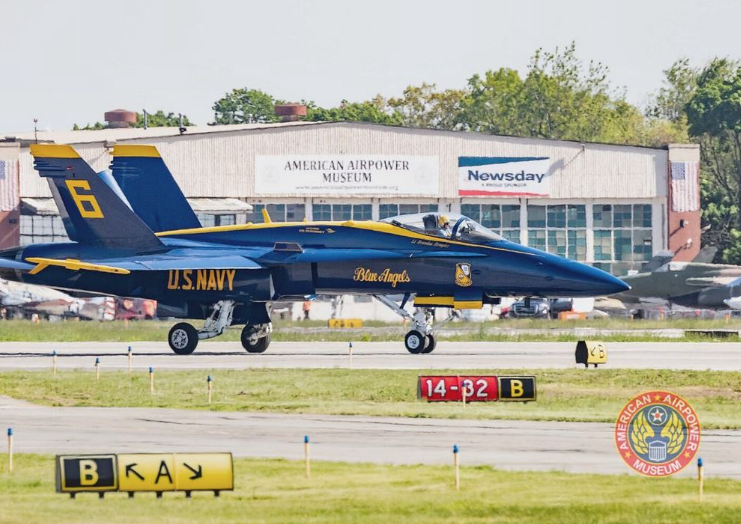
Astronomical Society of Long Island
The Astronomical Society of Long Island is one of the more active groups in the New York Metropolitan Area. They a group of dedicated amateur astronomers and telescope makers with a passion for our hobby, and a willingness to share knowledge and excitement of the hobby with others, both experienced, and those who may have just discovered the hobby. Please come join us at our meetings, and enjoy the view through our telescopes at our observing sessions.
Best Places To See The Stars Without Technology
- Crescent Beach, Shelter Island- No streetlights and Shelter Island's further distance from heavy light pollution make this spot a great place to see some celestial sights.
- Montauk Point State Park, Montauk- Approximately 120 miles from New York City, this park where permit is required, has some of the best star sightings. No permit? No problem- find yourself below a velvet sky dotted with bright stars. Montauk is Long Island's furthest point from NYC which makes it an ideal location.
